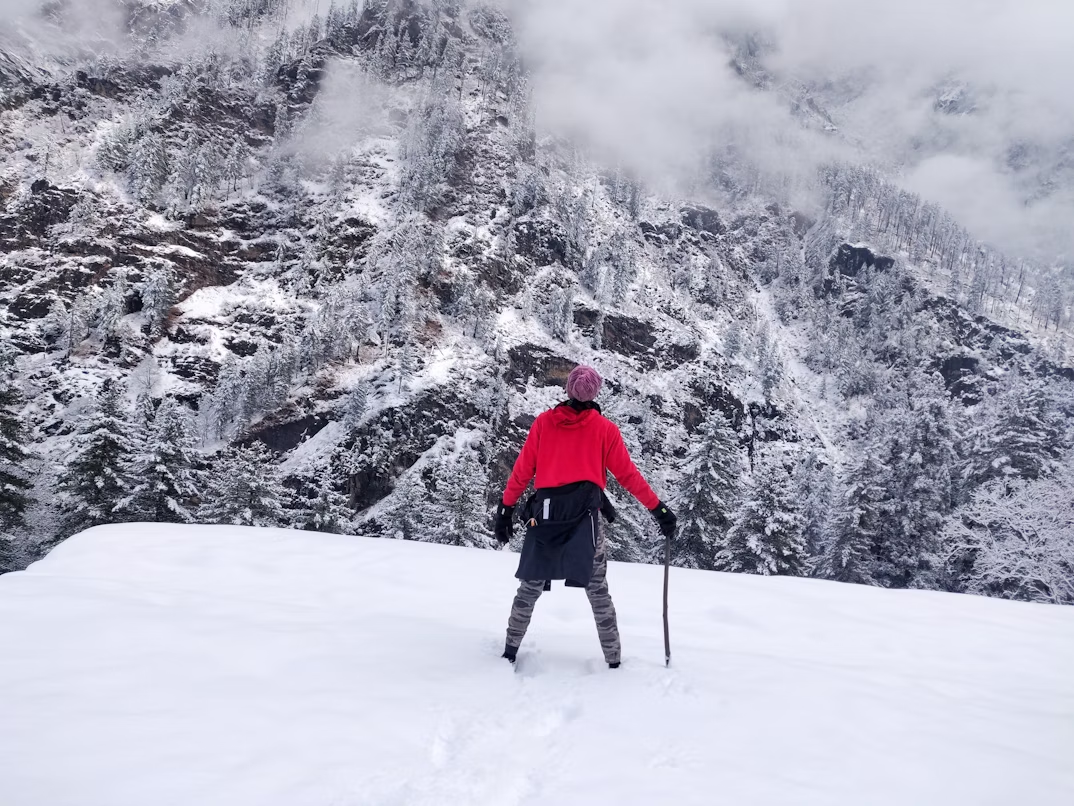
For many, skiing is a sport of speed, adrenaline, and breathtaking mountain vistas. But for one instructor, skiing represents something more profound—a mission to empower individuals with special needs to experience the joy, freedom, and confidence that comes from gliding down a snow-covered slope. For this special needs ski instructor, every lesson is more than just teaching technique; it’s about creating a safe, inclusive space where students feel seen, valued, and capable of achieving something they may have thought impossible.
The journey to becoming a specialized instructor wasn’t a straightforward one. It required patience, empathy, and an unwavering commitment to learning the most effective methods to meet each student’s unique needs. Traditional ski instruction, while effective for the general population, requires significant adaptation when working with individuals with physical, cognitive, or emotional challenges. The instructor recalls the early days of trial and error, gradually discovering that flexibility, creativity, and deep personal connection are as crucial as teaching turns and stops on the mountain.
Building Trust and Confidence
One of the first lessons this instructor learned was that trust is the foundation of every successful session. Many of the students arrive with hesitation, unsure of what skiing entails or anxious about potential falls. Establishing trust goes beyond ensuring safety—it involves forming a genuine bond, recognizing each student’s strengths, and encouraging them to take small, incremental steps toward their goals.
For some students, the first time they glide down a gentle slope represents a monumental achievement. For others, mastering balance or learning to navigate a turn may take multiple sessions. The instructor emphasizes the importance of celebrating these milestones, no matter how minor they may seem to outside observers. “It’s never just about skiing,” the instructor explains. “It’s about building confidence, independence, and resilience. Every small victory is a stepping stone toward empowerment.”
Adapting Techniques for Individual Needs
Skiing with special needs requires a dynamic and highly personalized approach. The instructor tailors each lesson based on the student’s abilities, preferences, and comfort level. Adaptive equipment such as sit-skis, outriggers, and specialized helmets may be used, and techniques are adjusted to accommodate motor skill challenges, sensory sensitivities, or cognitive processing differences.
Beyond equipment, the instructor also adapts communication methods. Some students respond best to visual cues, while others benefit from verbal guidance or hands-on demonstrations. Patience is essential, as is the ability to read subtle signs of stress or fatigue. Over time, the instructor learns to anticipate needs, modifying the pace or adjusting techniques to ensure each student feels supported and successful.
The Joy of Shared Achievements
The most rewarding aspect of this work is witnessing students experience moments of pure joy and triumph. There is a unique thrill in seeing a skier who once hesitated at the top of a slope confidently descend, eyes bright with excitement and pride. These moments reinforce why the instructor chose this path and fuel a deep sense of purpose.
Parents and caregivers often share in these victories, observing their loved ones conquer fears and gain independence. The instructor notes that skiing becomes more than a physical activity—it becomes a shared experience that strengthens relationships, fosters self-esteem, and opens new doors for social engagement. Each lesson is a reminder that abilities, not limitations, define what individuals can achieve.
Overcoming Challenges and Embracing Growth
While the rewards are immense, teaching skiing to students with special needs presents its own challenges. Weather conditions, equipment limitations, and the diverse spectrum of student abilities require constant adaptability. Additionally, the emotional and physical demands of the role can be significant, requiring the instructor to remain resilient and resourceful.
Continuous professional development is key. Attending workshops, collaborating with occupational and physical therapists, and staying informed about adaptive sports innovations allow the instructor to provide the most effective and safe instruction possible. Every challenge presents an opportunity to learn, grow, and refine our methods to serve students better.
Fostering Inclusion and Awareness
Beyond the slopes, this instructor’s work contributes to a broader mission: promoting inclusivity and awareness in sports. Skiing is often seen as an elite, high-risk activity, but with adaptive approaches, it becomes accessible to a broader range of participants. By demonstrating that special needs skiers can thrive and excel, the instructor helps challenge stereotypes, shift perceptions, and inspire other instructors, resorts, and communities to embrace adaptive programs.
The ripple effect of this commitment extends far beyond the mountain. Students carry newfound confidence into daily life, families witness the possibilities of adaptive recreation, and communities gain a deeper appreciation for the power of inclusion.
A Journey Defined by Compassion
At the heart of this work is compassion—the ability to see potential where others see limitation and to nurture growth with patience, empathy, and unwavering support. Skiing with special needs is more than a career; it’s a calling, one that transforms both the students and the instructor. Each slope conquered, each milestone celebrated, and each smile earned reflects a journey defined not by speed or distance, but by connection, courage, and the transformative power of believing in someone’s ability to soar.
Through the lens of this instructor’s experience, skiing becomes more than a sport—it becomes a metaphor for life: sometimes challenging, often exhilarating, but always more rewarding when approached with heart, understanding, and compassion.